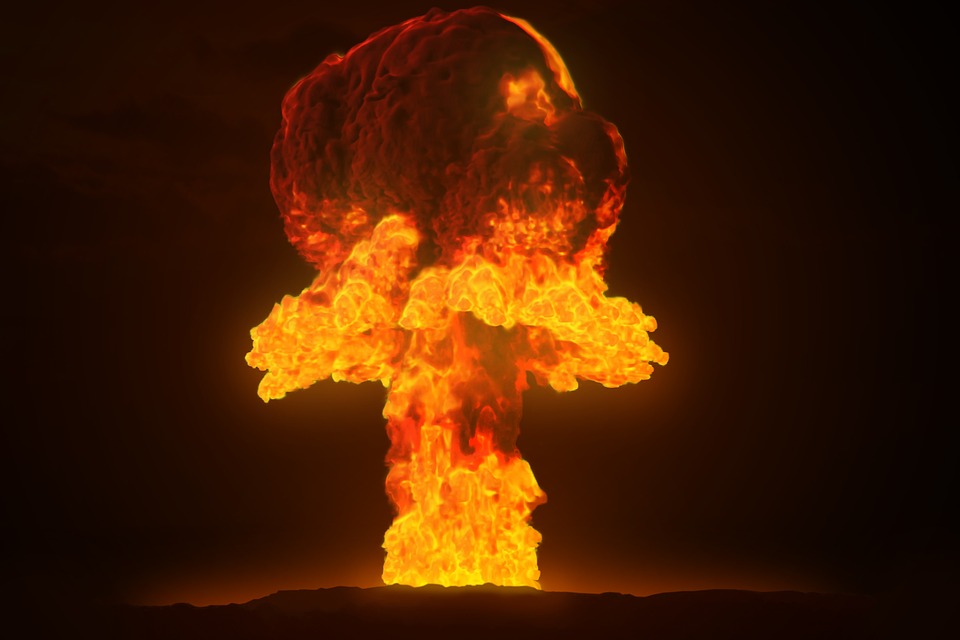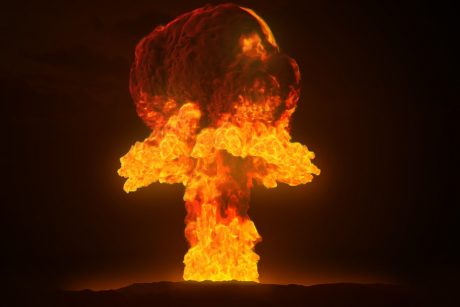 I keep hearing from people that think that the stock market is going to crash by the end of the year. Hopefully that will not happen, but the ridiculous stock prices that we are seeing right now certainly cannot last forever. On Sunday, I was chatting with a friend that had just been to a financial conference. He was quite surprised that one of the things being taught to the attendees of this conference was how to position themselves to make an enormous amount of money when the stock market crashes dramatically in the near future. Markets tend to go down a lot faster than they go up, and so when the inevitable market crash does take place those that have made large bets against the market will make huge fortunes. It happened in 2008, and it will happen again. But it was unsettling to my friend Robert that there were so many people that were gleefully looking forward to this.
I keep hearing from people that think that the stock market is going to crash by the end of the year. Hopefully that will not happen, but the ridiculous stock prices that we are seeing right now certainly cannot last forever. On Sunday, I was chatting with a friend that had just been to a financial conference. He was quite surprised that one of the things being taught to the attendees of this conference was how to position themselves to make an enormous amount of money when the stock market crashes dramatically in the near future. Markets tend to go down a lot faster than they go up, and so when the inevitable market crash does take place those that have made large bets against the market will make huge fortunes. It happened in 2008, and it will happen again. But it was unsettling to my friend Robert that there were so many people that were gleefully looking forward to this.
Of course some of the biggest names in the investing world are also anticipating a major downturn very soon. I have previously written about how Warren Buffett’s Berkshire Hathaway Inc. is sitting on a pile of 86 billion dollars in cash right now. Nobody ever knows exactly what Buffett is thinking, but it isn’t too hard to figure out that he plans to use those billions to buy up stocks for a song after a big market crash happens.
I have also previously written about many other big names throughout the financial world that are warning that a new financial crisis is imminent. The last time I saw so many prominent investors sounding the alarm was just before the market crash of 2008, but most people didn’t listen that time around either.
And of course those that believe that a market crash is coming are doing a lot more than just talking about it. According to Zero Hedge, there are now more short positions betting against the Russell 2000 than we have seen at any time in the last six years…
The Russell 2000 Index posted a 2.2% decline in May, its worst month since October, and it appears a large swath of investors is now betting it has further to fall.
As Bloomberg notes, hedge funds and other major speculators have a combined net short position of 73,030 contracts in the small-cap index’s futures, according to the latest data from the Commodity Futures Trading Commission.
Russell 2000 sentiment has sharply declined since January, when future contract positioning reached record bullishness. It’s now the most short since May 2011.
The last time investors were this short the Russell 2000, it fell by almost 30 percent.
Can we expect something similar this time?
We will just have to wait and see.
Meanwhile, there has also been a surge in the number of investors betting that we will soon see increased market volatility…
As Bloomberg notes, with the VIX down more than 30% this year through the end of last week, investors have been using options to bet on volatility.
As the chart above shows, the volume of contracts wagering on a resurgence of market turmoil has reached its highest level since last February relative to those calling for a drop in price movements.
Because markets tend to go down much faster than they go up, most of those that bet on increased volatility are typically doing so because they believe that a stock market crash is coming very soon.
And it is also interesting to note that hedge funds are jumping into gold at a rate that we have not seen since 2007…
Hedge funds are jumping back into gold.
Money managers boosted their long positions in U.S. futures by the most in almost a decade in the week ended May 23, Commodity Futures Trading Commission data show.
Gold is a safe haven asset, and it is a very good place to be during a major financial crisis. So if hedge funds are anticipating that we are on the verge of a major market downturn, it would make sense for them to be piling into gold.
All of the moves that I have discussed above will end up looking quite foolish if stocks just keep going up and up and up.
But if the market crashes, those that have positioned themselves ahead of time will end up making a killing.
Today the stock market bears absolutely no resemblance to economic reality, but at some point that will change. And with each passing day we just continue to get more bad economic news.
Yesterday, I showed that according to official U.S. government figures there are 102 million working age Americans that do not have a job right now. Today, we got more confirmation that the U.S. economy is slowing down. We learned that new vehicle sales fell on a year-over-year basis for the fifth month in a row in May, and we learned that factory orders and new orders for durable goods both declined last month. And for a lot more numbers just like those, please see this article.
The U.S. economy is not “healthy” and it hasn’t been for a very long time. Because we have shipped so many jobs overseas, manufacturing’s share of U.S. employment has fallen to an all-time record low. The middle class is shrinking, and somewhere around two-thirds of the country is living paycheck to paycheck. We have been able to maintain our national standard of living by going on the greatest debt binge of all time, but every additional dollar of debt that we take on makes our long-term outlook even worse.
Just because he is living in the White House does not mean that Donald Trump can automatically turn things around. Without the help of Congress, he cannot cut taxes, repeal Obamacare, eliminate unnecessary federal agencies or implement many of the other items on his economic agenda.
And the truth is that because of the way that our system is structured, the Federal Reserve actually has much, much more power over the economy than Donald Trump does. When the financial markets crash and we officially enter the next recession, most of the blame will be placed on Trump, but it won’t be his fault. Instead, it will be primarily the Federal Reserve’s fault, and we need to educate the American people about this ahead of time.
What goes up must come down, and this irrational stock bubble has been living on borrowed time for quite a while now.
It isn’t going to take much to push things over the edge, and there are all sorts of candidates for what the next “trigger event” will be.

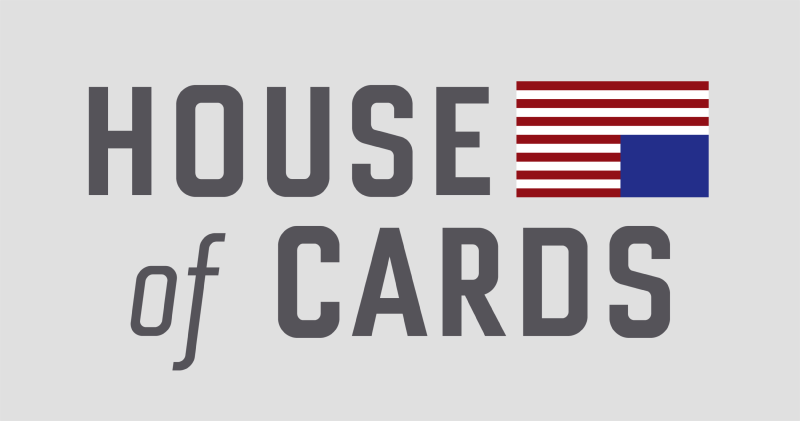
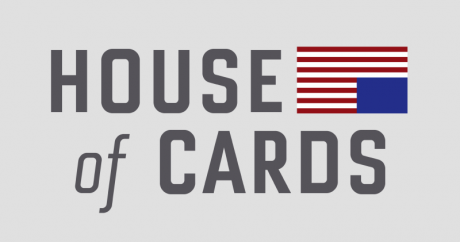
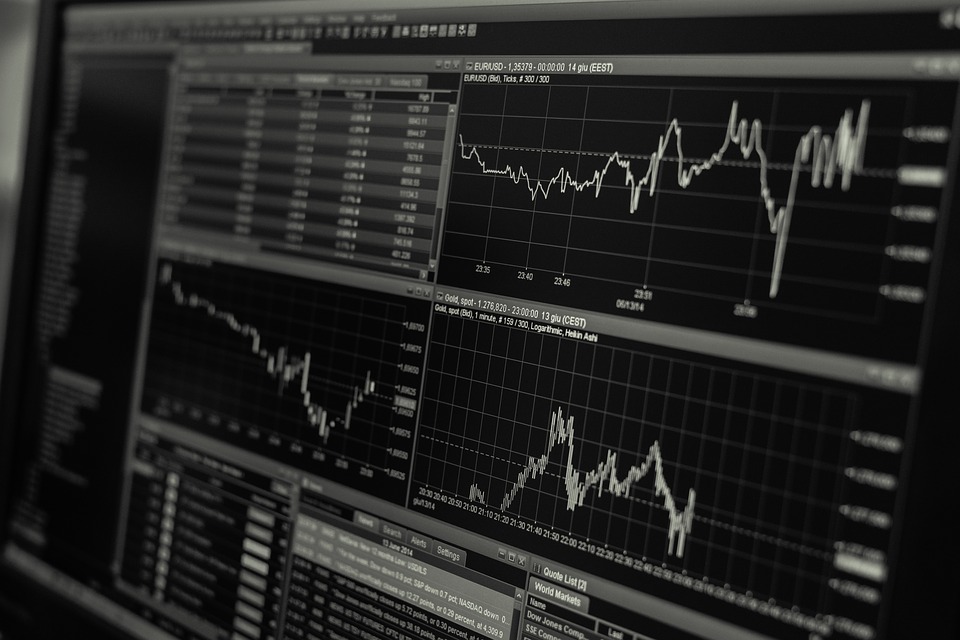
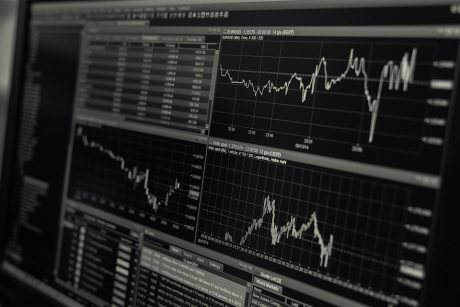
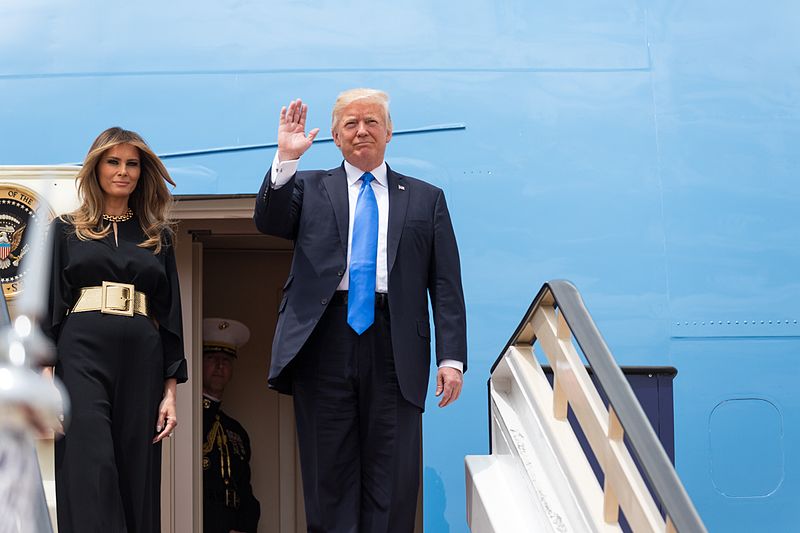
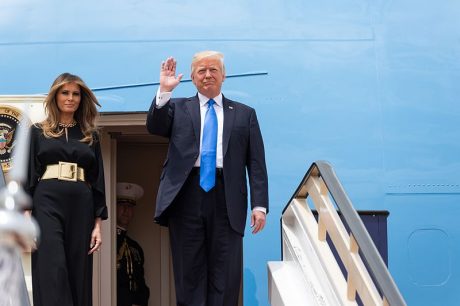
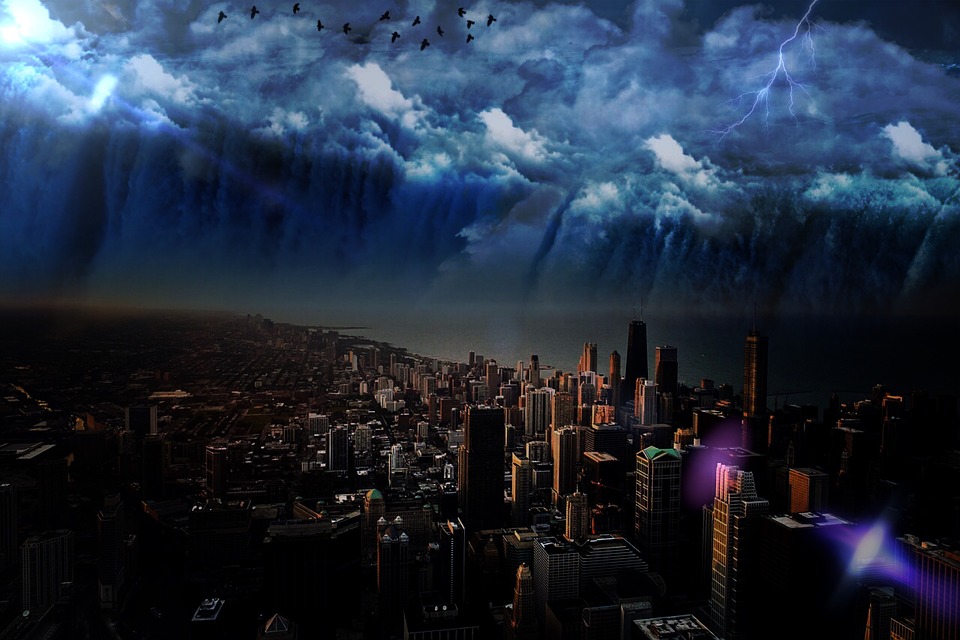
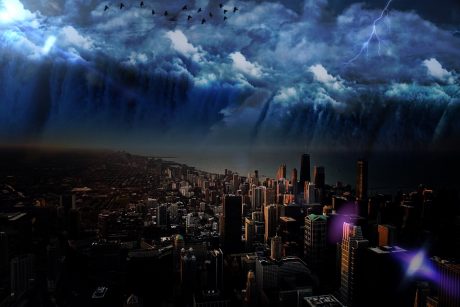
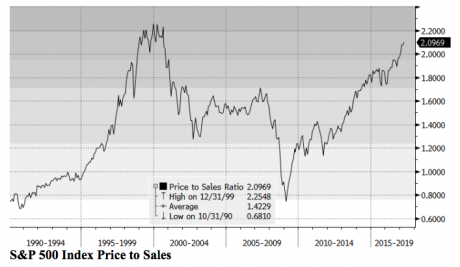
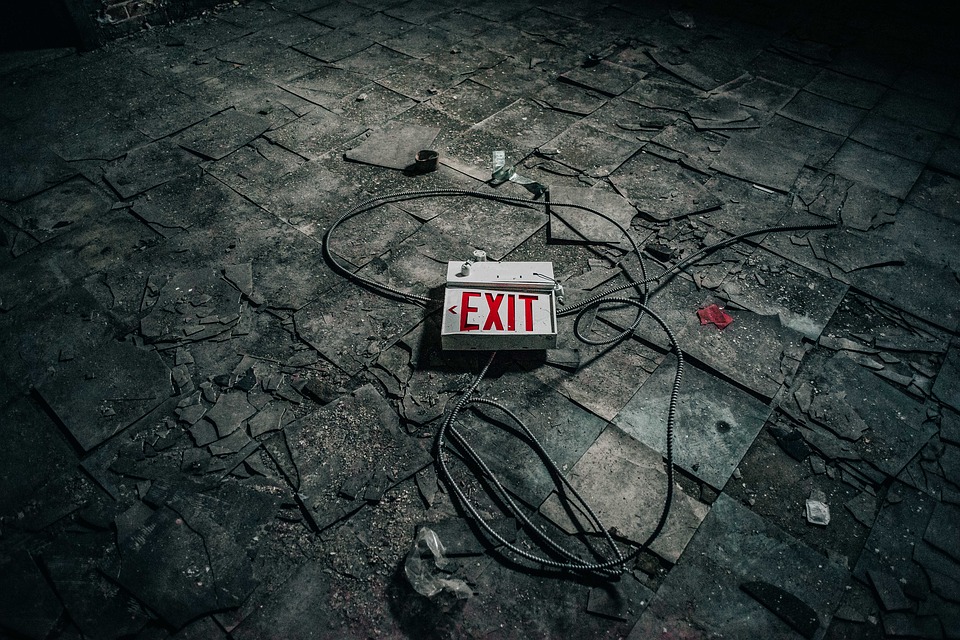
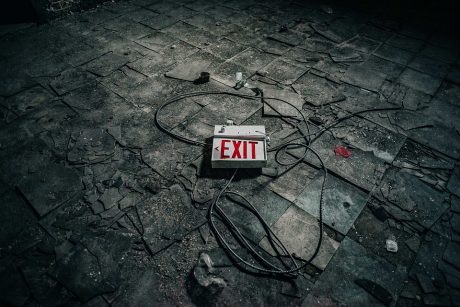

 S&P 500 tech stocks have now fallen for 9 days in a row. The last time tech stocks declined for so many days in a row was in 2012, and that was the only other time in history when we have seen such a long losing streak. As I have stated
S&P 500 tech stocks have now fallen for 9 days in a row. The last time tech stocks declined for so many days in a row was in 2012, and that was the only other time in history when we have seen such a long losing streak. As I have stated 